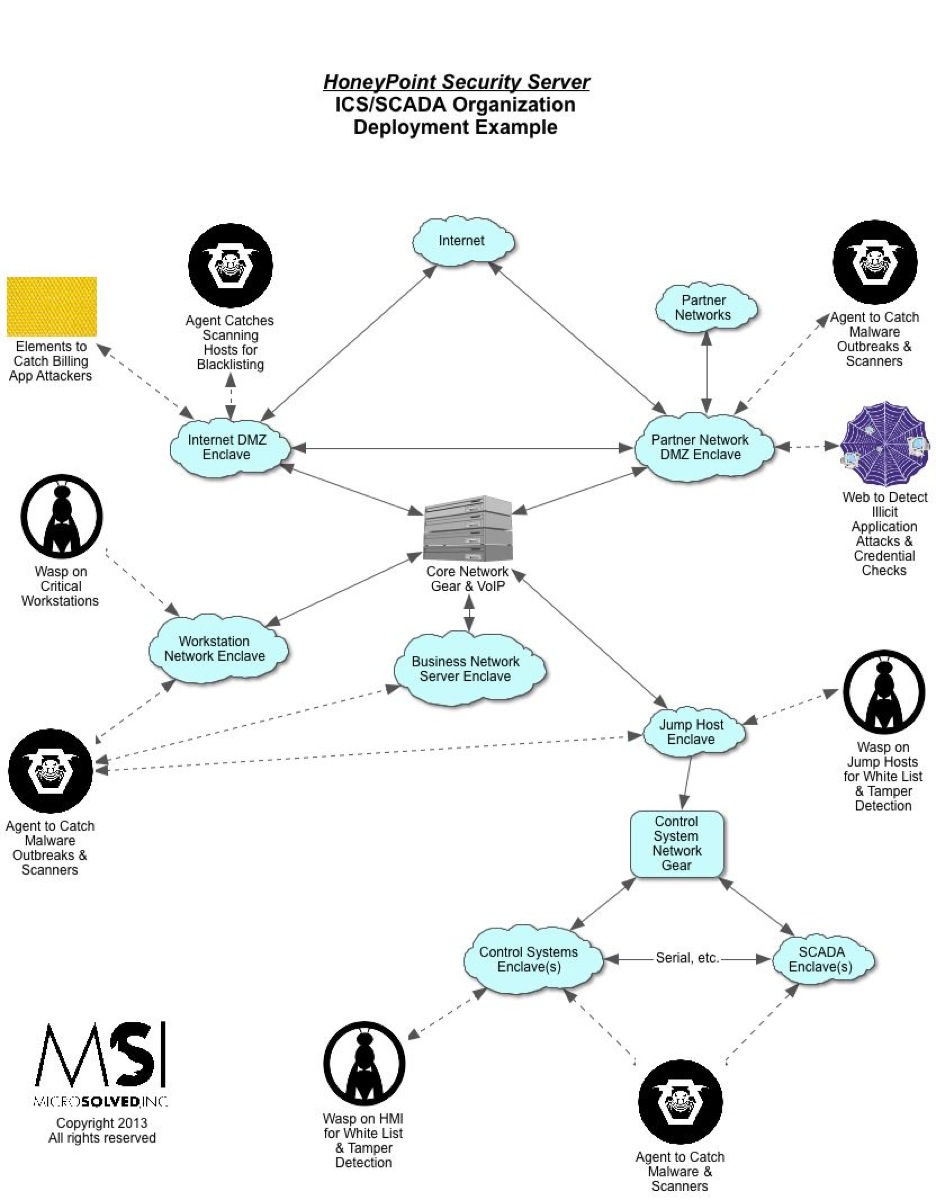Today, managing vendor relationships has never been more critical. With increasing reliance on third-party vendors, organizations face heightened risks that can affect their operations and reputation. Vendor risk management (VRM) ensures that companies can identify, assess, and mitigate risks associated with their vendor partnerships, particularly as new challenges emerge. Traditional VRM methods often struggle to keep pace with the complexities of modern supply chains, which is where the application of artificial intelligence (AI) comes into play.
This article explores the various use cases for AI in vendor risk management, highlighting how it enhances risk assessment processes, addresses the limitations of conventional models, and discusses best practices for effectively implementing AI solutions.
The Importance of Vendor Risk Management
In the intricate web of modern business, vendor risk management plays a pivotal role in safeguarding supply chain resilience and maintaining uninterrupted operations. With third-party relationships climbing in complexity and volume, the potential risks burgeon. Third-party risk management has therefore escalated to a critical business discipline.
AI-driven solutions transform how organizations evaluate and mitigate third-party risks. Real-time updates to vendor data, courtesy of Artificial Intelligence, diminish the dependence on stale reports, ensuring procurement teams wield current insights for informed decisions. Dynamic assessments of vendor performance and compliance, propelled by AI, augment abilities to pinpoint risks instantaneously.
How AI Enhances Vendor Risk Management
Artificial Intelligence is revolutionizing Third-Party Risk Management by introducing efficiency, accuracy, and agility into the process. By automating the collection and analysis of risk data from various sources, AI not only enhances efficiency but also significantly improves the accuracy of the risk assessments.
Real-World Example: Financial Services Industry
A leading global bank implemented an AI-driven vendor risk management system to monitor its vast network of over 10,000 third-party vendors. The AI system continuously analyzes financial data, news feeds, and regulatory updates to provide real-time risk scores for each vendor. This implementation resulted in:
- A 40% reduction in time spent on vendor assessments
- Early detection of potential risks in 15% of vendors, allowing for proactive mitigation
- An estimated cost saving of $2 million annually due to improved efficiency and risk prevention
Automating Vendor Classification
AI has a profound impact on the way organizations classify their vendors. Replacing once time-intensive manual tasks, AI systems process unstructured evidence and analyze vendor certification data at remarkable speeds. It can sift through thousands of vendor profiles, pinpoint the most relevant risks, and classify vendors according to their firmographics.
Predictive Analytics for Proactive Risk Management
At the cornerstone of proactive risk management lies predictive analytics powered by AI. These models constantly monitor an array of factors, including market conditions, suppliers’ financial health, and geopolitical events, to foresee potential supply chain disruptions or vendor stability issues before they arise.
Challenges with Traditional Vendor Risk Management Models
Traditional models of vendor risk management often encounter significant hurdles, particularly in the dynamic landscape of today’s cyber-threat environment. Here’s a comparison of traditional methods versus AI-driven approaches:
| Aspect | Traditional Method | AI-Driven Approach |
|---|---|---|
| Data Currency | Often relies on outdated information | Real-time data analysis and updates |
| Assessment Speed | Time-consuming manual processes | Rapid automated assessments |
| Risk Detection | Limited to known, historical risks | Predictive analytics for emerging risks |
| Scalability | Struggles with large vendor networks | Easily scales to manage thousands of vendors |
| Consistency | Prone to human error and bias | Consistent, data-driven assessments |
Best Practices for Implementing AI in Vendor Risk Management
In the sphere of vendor risk management, integrating artificial intelligence (AI) can catalyze a transformation in managing and mitigating risks associated with third-party vendors. Best practices when implementing AI into such critical operations involve a holistic approach that spans dynamic risk assessments, automation of risk analysis, and enhancement of operational resilience.
Integrating AI with Existing Processes
A seamless integration of AI with existing supplier management systems ensures not only a cohesive workflow but also eases the adoption process for security teams. Organizations benefit from starting with a pilot program to gauge the impact of AI systems with real-world data before moving to a comprehensive deployment.
Training Staff on AI Tools
A successful AI integration in vendor risk management is contingent not just on technology itself, but also on the proficiency of the human intelligence behind it. Consequently, equipping the procurement team with essential skills and knowledge pertaining to AI technologies becomes paramount.
Establishing Clear Governance Frameworks
AI-powered tools have the potential to significantly bolster governance structures by enhancing transparency and offering traceable, auditable insights into business transactions and decision-making processes. By leveraging AI, organizations can actively maintain compliance with regulations, effectively mitigating risk exposure and promoting a culture of accountability.
Ethical Considerations in AI-Driven Vendor Risk Management
While AI offers significant benefits in vendor risk management, it’s crucial to consider the ethical implications of its use:
- Data Privacy: Ensure that AI systems comply with data protection regulations and respect vendor privacy.
- Algorithmic Bias: Regularly audit AI algorithms to detect and mitigate potential biases that could unfairly assess certain vendors.
- Transparency: Maintain clear communication with vendors about how AI is used in risk assessments and decision-making processes.
- Human Oversight: While AI can automate many processes, maintain human oversight to ensure ethical decision-making and accountability.
Future Trends in AI-Driven Vendor Risk Management
Artificial intelligence has rapidly evolved from a novel innovation to a cornerstone of vendor risk management, and its trajectory points to even more sophisticated and strategic uses in the future.
Emerging Technologies in AI
Several breakthrough AI technologies are coming to the fore within vendor risk management paradigms:
- Machine Learning (ML): ML algorithms have become a staple for enhancing predictive analytics, allowing for more rapid and accurate risk assessments based on an ever-growing data pool from vendors.
- Natural Language Processing (NLP): NLP technologies are vital for analyzing the plethora of unstructured data that vendors generate, converting nuanced textual information into actionable insights.
- Robotic Process Automation (RPA): RPA is applied to automate repetitive and time-consuming tasks such as data collection and risk report generation.
- Quantum Computing: The potential marriage of AI with quantum computing suggests a future where risk predictions and insights attain unprecedented accuracy.
- Blockchain: Integration of blockchain technology with AI could enhance transparency and security in vendor transactions and data sharing.
Evolving Regulatory Standards
The burgeoning use of AI in vendor risk management introduces intricate regulatory and compliance challenges. As organizations strive to comply with these myriad regulations, a shift is necessary from a static assessment model to continuous, internal governance that actively keeps pace with regulatory evolution.
Conclusion
AI-driven vendor risk management represents a significant leap forward in how organizations approach third-party risks. By leveraging advanced technologies like machine learning, natural language processing, and predictive analytics, businesses can achieve more accurate, efficient, and proactive risk management strategies. As AI continues to evolve, it will undoubtedly play an increasingly crucial role in safeguarding supply chains, ensuring compliance, and driving strategic decision-making in vendor relationships.
However, the successful implementation of AI in vendor risk management requires careful planning, continuous learning, and a commitment to ethical practices. Organizations must balance the power of AI with human oversight and judgment to create a robust, effective, and responsible vendor risk management framework.
Take Your Vendor Risk Management to the Next Level with MicroSolved, Inc.
Ready to harness the power of AI for your vendor risk management? MicroSolved, Inc. is at the forefront of AI-driven security solutions, offering cutting-edge tools and expertise to help organizations like yours transform their approach to vendor risk.
Our team of experts can help you:
- Assess your current vendor risk management processes
- Design and implement tailored AI solutions
- Train your staff on best practices in AI-driven risk management
- Ensure compliance with evolving regulatory standards
Don’t let vendor risks compromise your business. Contact MicroSolved, Inc. (info@microsolved.com) today for a free consultation and discover how AI can revolutionize your vendor risk management strategy.
* AI tools were used as a research assistant for this content.



